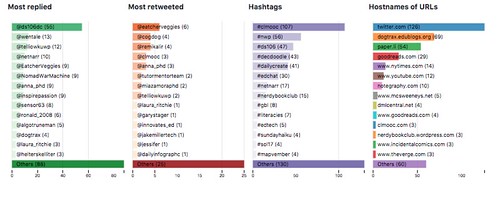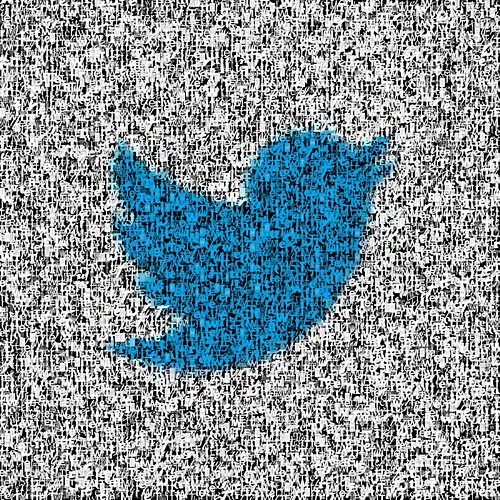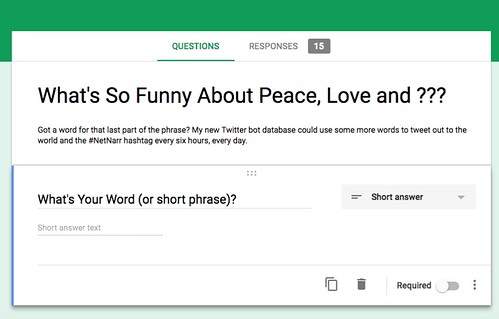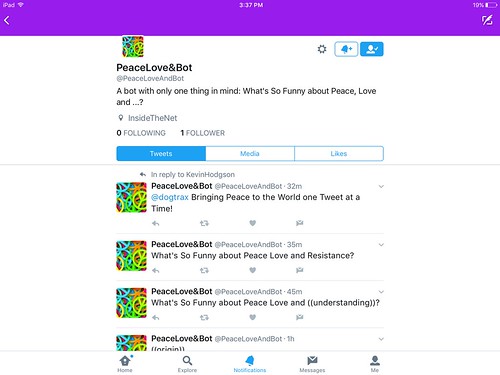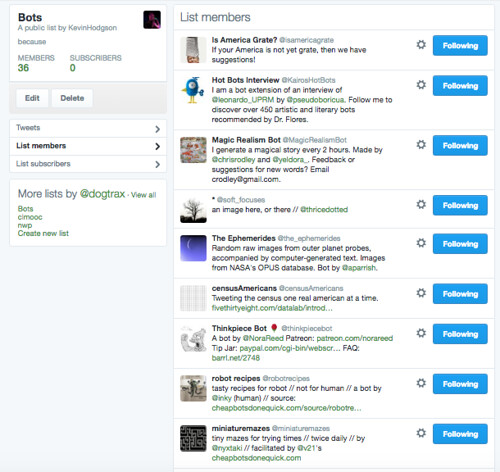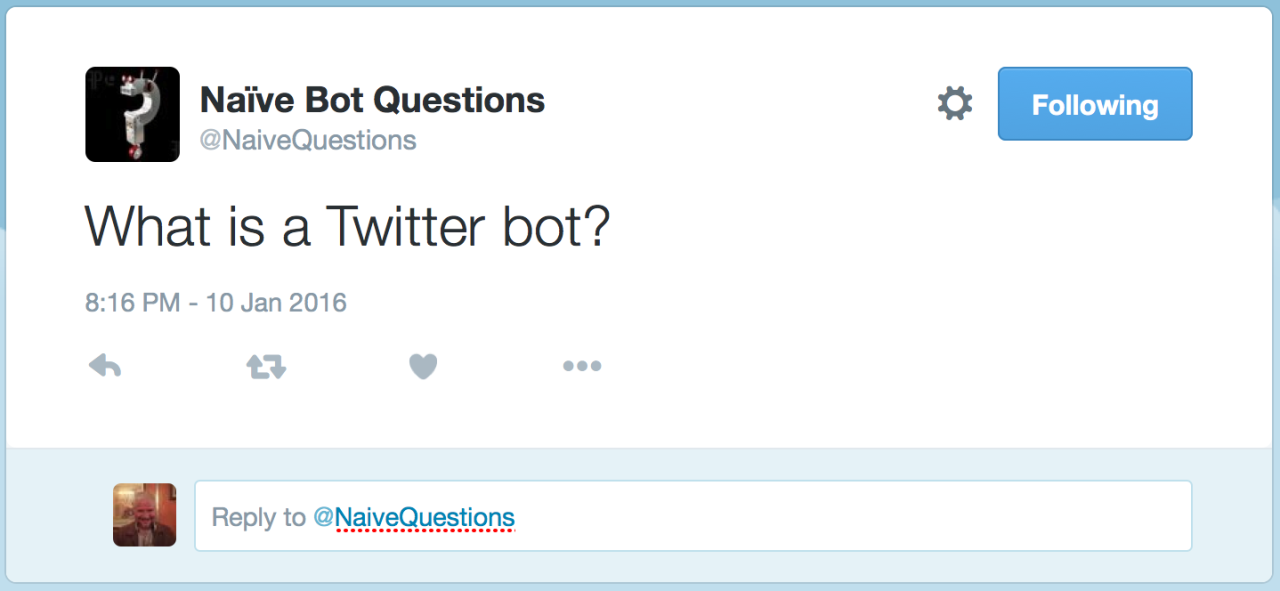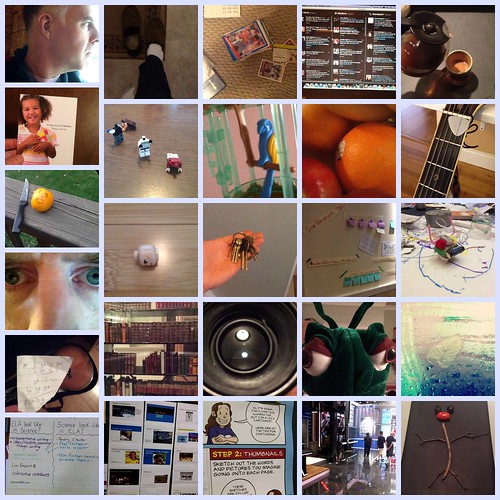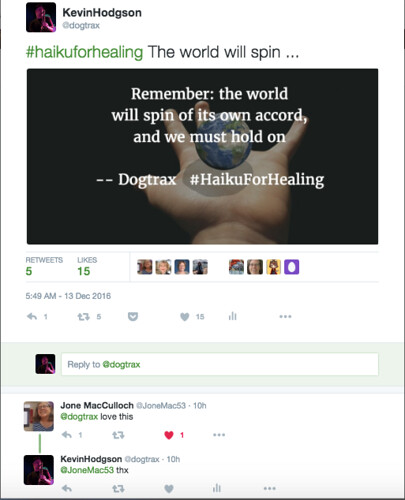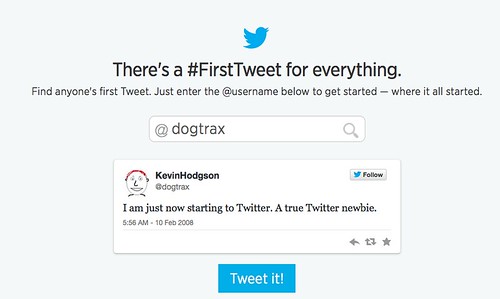
Last month’s theme in CLMOOC to “audit” our digital lives and activities has been quite valuable. I’ve done some weeding of followers/following in Twitter and beyond, and cut back on my email notifications designed to draw me into social media spaces. I’ve spent time thinking about the role of social media, and my use of it.
One observation that I made about myself is this: On Twitter, my identity is mostly as a teacher, talking learning and connecting with other teachers. But on Mastodon (a federated social network free of corporate influence), I feel like I am a writer.
Of course, there is overlap — I sometimes write about teaching in Mastodon and I sometimes make and share other kinds of work than educational pieces on Twitter — but my digital identity has sort of solidified in those spaces on one spectrum or the other (at least, in my head).
I noticed this landscape as I was culling through and removing hundreds of followers and those I follow on Twitter (literally, I think I cut back on nearly 1000 people, and counting, as I continue to prune), and thinking about why I would keep whom I kept. Mostly, those who remained were connected to education. Which makes sense. I write a lot and share a lot about being a teacher. I ask for resources from other teachers. My hashtags that I follow in Tweetdeck are nearly all related to learning and teaching.
In Mastodon, that is not the case. There, I write and share spaces with other writers. Some are fellow teachers (with overlaps in Twitter, even) but even they are less likely to go on about teaching. We write about other things there. I’ve taken to writing in a “small stories” section of Mastodon with regularity. I also share small poems and pull out small quotes from books I am reading. (Small as a form of writing is a common theme for me in Mastodon).
Now, some of this observation of Twitter-teacher/Mastodon-writer is due to the folks who inhabit the spaces, I think. I have long been connected to other teachers, mostly through National Writing Project, since my first day of Twitter, thanks to the guidance of my friend, Bud Hunt. My entry point was a network of teachers, with mostly a United States connection.
In Mastodon, what I see are all sorts of other people in other professions, from other parts of the world. There are computer programmers, social activists, social service workers, artists and animators, professional clowns and more. I’ve tapped into something grander than Twitter, and it feels like a more nurturing space for writing. Maybe that’s because Mastodon is still fairly small in size and reach. It’s also due to the underlying philosophical concept of Mastodon — that the users are in control of the network, not the network itself (for, there is no main organization overseeing it all — it is spread out across many servers in a federated space).
And here? This blog? I think this blog is the space is where those two worlds — teacher and writer — often intersect, collide and sometimes even crash.
Peace (writing it, learning it, teaching it),
Kevin
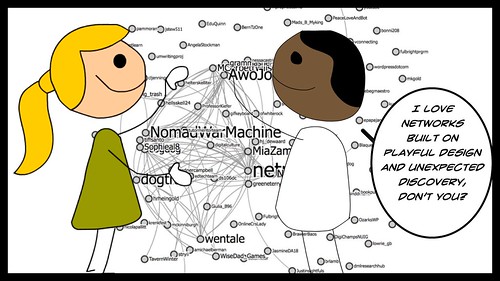
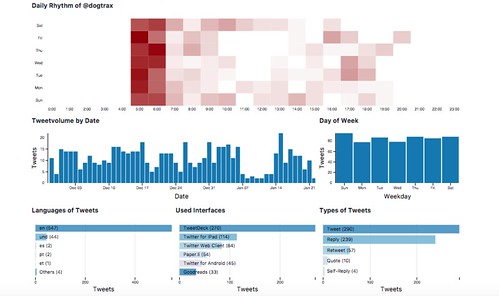 You can see the time period earlier this month where I took a step back from Twitter — and
You can see the time period earlier this month where I took a step back from Twitter — and 